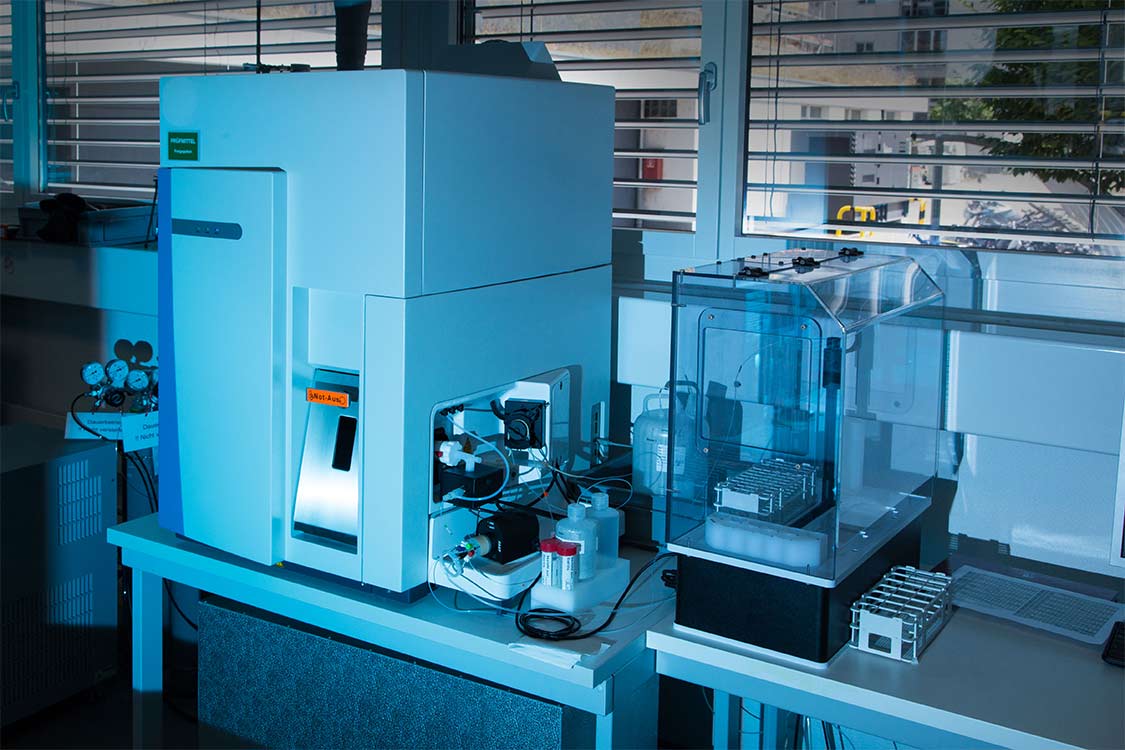Share article
Share this article on your favorite social media channel.
Today it is still the case that the heavy metal content of pharmaceutical products tends to be determined as a sum parameter. At the same time, the same test method has been used for the limit test for over 100 years. This will soon change. New regulations drawn up by the US-American pharmacopeia (USP/NF) demand the individual identification of up to 13 heavy metals. This will also require a change of the analytical methods used.
With effect from 1 December 2012 the two new chapters on heavy metal testing <232> “Elemental Impurities – Limits” and <233> “Elemental Impurities – Procedures” will be introduced with the 2nd supplement of the current pharmacopeia version USP 35 / NF 30. With effect from May 2014, these chapters will comprehensively replace the old heavy metal test, and will be applicable to all monographed substances[1].
Under the new rules, it is not always the case that all 13 heavy metals will need to be assessed. The assessment may be limited, following a risk-based assessment that takes account of specific aspects. As standard methods ICP- MS and ICP-OES are now defined in USP Chapter <233> for the determination of heavy metals.
In her article “Schwermetallbestimmung neu nach USP <232> and <233> – Wenn sich 100 Jahre alte Tests ändern” (“New Rules for the Identification of Heavy Metals Pursuant to USP <232> and <233> – When 100 Year-Old Tests Change”), in the journal ‘Chemie Plus’, issue 08/2012, Gisela Fontaine provides an overview of the new criteria and regulations applicable for the analysis of elemental impurities in pharmaceutical raw materials and products.
For enquiries concerning the article, please contact the author by calling our service desk.
[1] General Notices: References to General Chapters <659> Packaging and Storage Requirements, <232> Elemental Impurities – Limits, and <233> Elemental Impurities Procedures.
